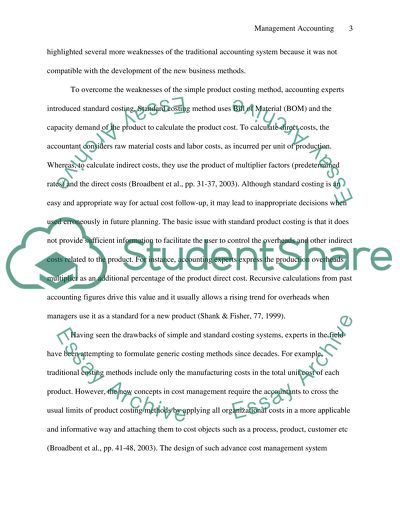Cite this document
(“Management accounting Essay Example | Topics and Well Written Essays - 2500 words”, n.d.)
Retrieved from https://studentshare.org/environmental-studies/1406592-management-accounting
Retrieved from https://studentshare.org/environmental-studies/1406592-management-accounting
(Management Accounting Essay Example | Topics and Well Written Essays - 2500 Words)
https://studentshare.org/environmental-studies/1406592-management-accounting.
https://studentshare.org/environmental-studies/1406592-management-accounting.
“Management Accounting Essay Example | Topics and Well Written Essays - 2500 Words”, n.d. https://studentshare.org/environmental-studies/1406592-management-accounting.


